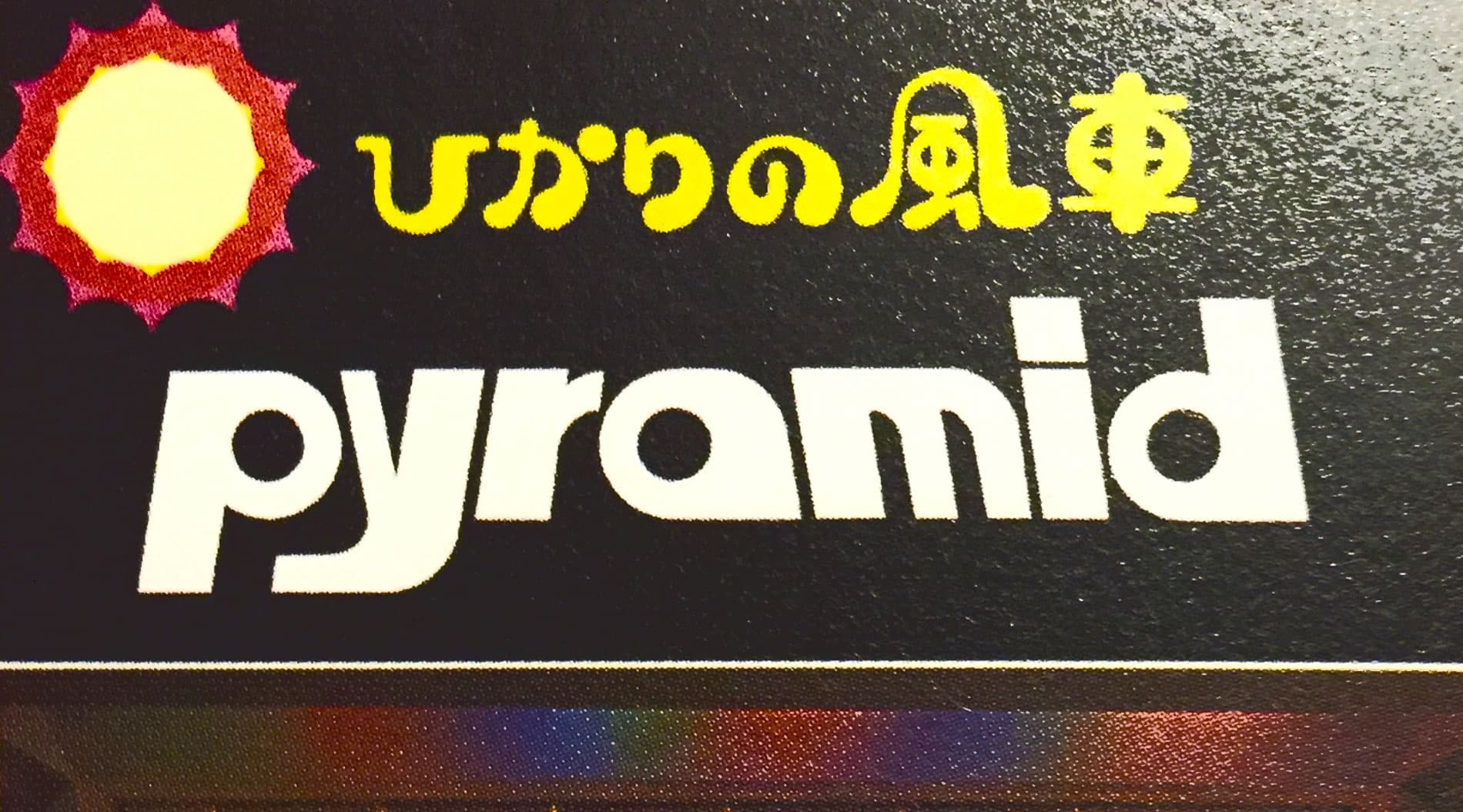DOSS Collection
Available all together or as individual styles, the DOSS collection includes Exaflop, Acid, Plexus, and Problem. While each has its own unique flavor, the styles within the Doss collection are unified by their exaggerated geometric structures, unexpectedly round counterforms, and unicase character sets. A graphic designer’s type designer, Marc’s output maintains a balance of inventive curiosity and sharp technical prowess. DOSS is no exception, offering a toolbox of riches to the intrepid designer seeking to explore the limits of ultra-display typography.
Aa
Aa
Aa
Aa
Exaflop Acid Plexus Problem


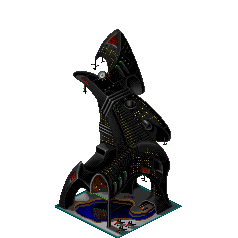
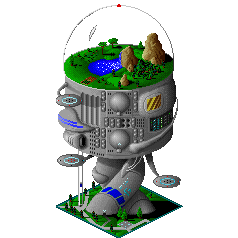
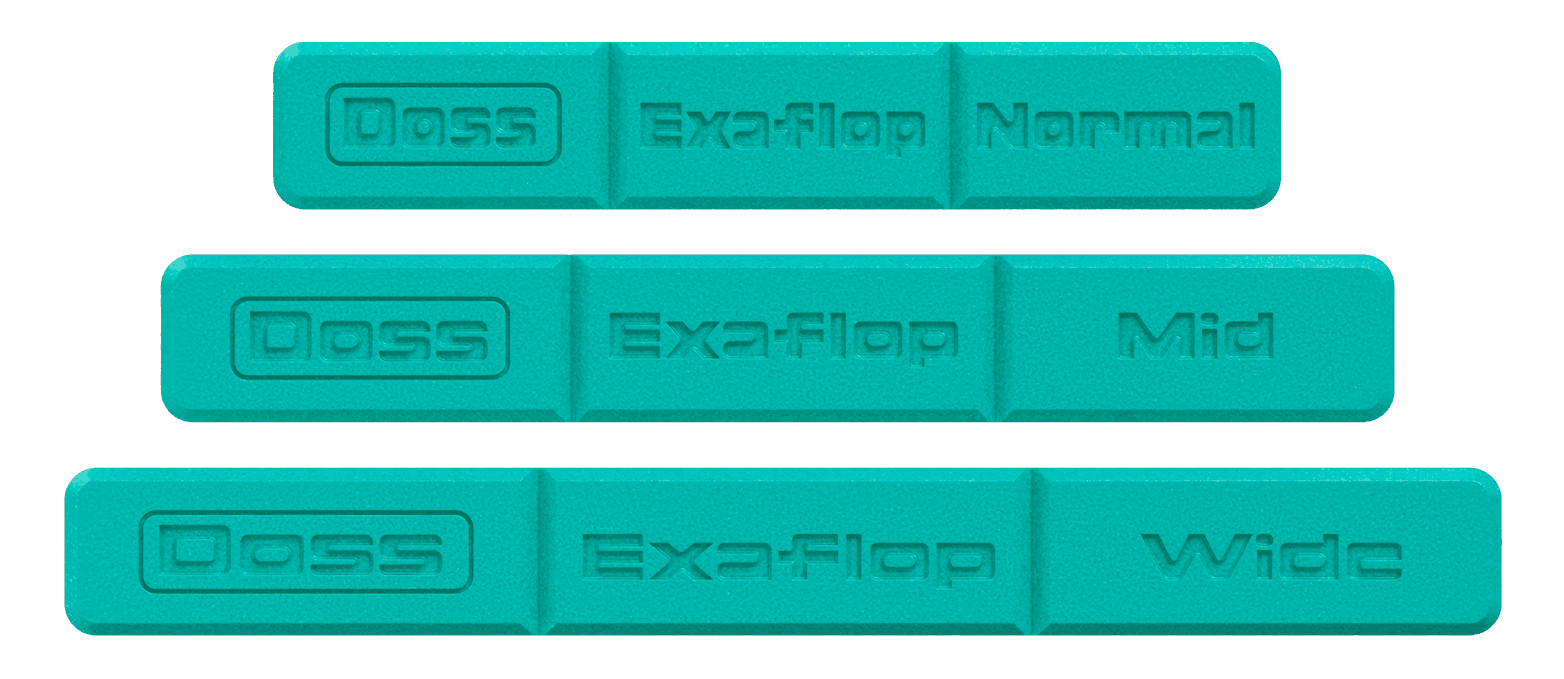
Doepfer Musikelektronik GmbH is a German manufacturer of audio hardware, mostly synthesizer modules (modular synthesizer), based in Gräfelfing, Upper Bavaria and founded by Dieter Döpfer. The product range covers analog modular systems, MIDI controllers, MIDI hardware sequencers, MIDI-to-CV/Gate/Sync Interfaces, MIDI master keyboards and special MIDI equipment.
CGJS
CGJS
DIETER DÖPFER BEGAN DEVELOPING AUDIO HARDWARE WITH A VOLTAGE CONTROLLED PHASER MODULE FOR THE FORMANT, A DO-IT-YOURSELF-KIT ANALOG SYNTHESIZER FROM ELEKTOR MAGAZINE IN 1977. SEVERAL LEGENDARY MODULAR SYNTHS FOLLOWED WHILE DÖPFER ALSO FOCUSED ON THE DEVELOPMENT OF MIDI EQUIPMENT DURING THE 1980S.
Based in Gräfelfing, Upper Bavaria and founded by Dieter Döpfer. The product range covers analog modular systems, MIDI controllers, MIDI hardware sequencers, MIDI-to-CV/Gate/Sync Interfaces, MIDI master keyboards and special MIDI equipment. Doepfer Musikelektronik GmbH is a German manufacturer of audio hardware, mostly synthesizer modules (modular synthesizer), based in Gräfelfing, Upper Bavaria and founded by Dieter Döpfer. The product range covers analog modular systems, MIDI controllers, MIDI hardware sequencers, MIDI-to-CV/Gate/Sync Interfaces, MIDI master keyboards and special MIDI equipment. Doepfer Musikelektronik GmbH is a German manufacturer of audio hardware, mostly synthesizer modules (modular synthesizer), based in Gräfelfing, Upper Bavaria and founded by Dieter Döpfer. The product range covers analog modular systems, MIDI controllers, MIDI hardware sequencers, MIDI-to-CV/Gate/Sync Interfaces, MIDI master keyboards and special MIDI equipment.
AAA
PURE DATA (PD) IS A VISUAL PROGRAMMING LANGUAGE DEVELOPED BY MILLER PUCKETTE IN THE 1990S FOR CREATING INTERACTIVE COMPUTER MUSIC AND MULTIMEDIA WORKS. WHILE PUCKETTE IS THE MAIN AUTHOR OF THE PROGRAM, PD IS AN OPEN-SOURCE PROJECT WITH A LARGE DEVELOP ER BASE WORKING ON NEW EXTENSIONS. IT IS RELEASED UNDER BSD-3-CLAUSE. IT RUNS ON LINUX, MACOS, IOS, ANDROID AND WINDOWS. PORTS EXIST FOR FREEBSD AND IRIX.
wax
wax
Pure Data and Max are both examples of dataflow programming languages. Dataflow languages model a program as a directed graph of the data flowing between operations. In Pure Data and Max, functions or "objects" are linked or "patched" together in a graphical environment which models the flow of the control and audio. Unlike the original version of Max, however, Pd was always designed to do control-rate and audio processing on the host central processing unit (CPU), rather than offloading the sound synthesis and signal processing to a digital signal processor (DSP) board (such as the Ariel ISPW which was used for Max/FTS). Pd code forms the basis of David Zicarelli's MSP extensions to the Max language to do software audio processing. In Pure Data and Max, functions or "objects" are linked or "patched" together in a graphical environment which models the flow of the control and audio. Unlike the original version of Max, however, Pd was always designed to do control-rate and audio processing on the host central processing unit (CPU), rather than offloading the sound synthesis and signal processing to a digital signal processor (DSP) board (such as the Ariel ISPW which was used for Max/FTS). Pd code forms the basis of David Zicarelli's MSP extensions to the Max language to do software audio processing.
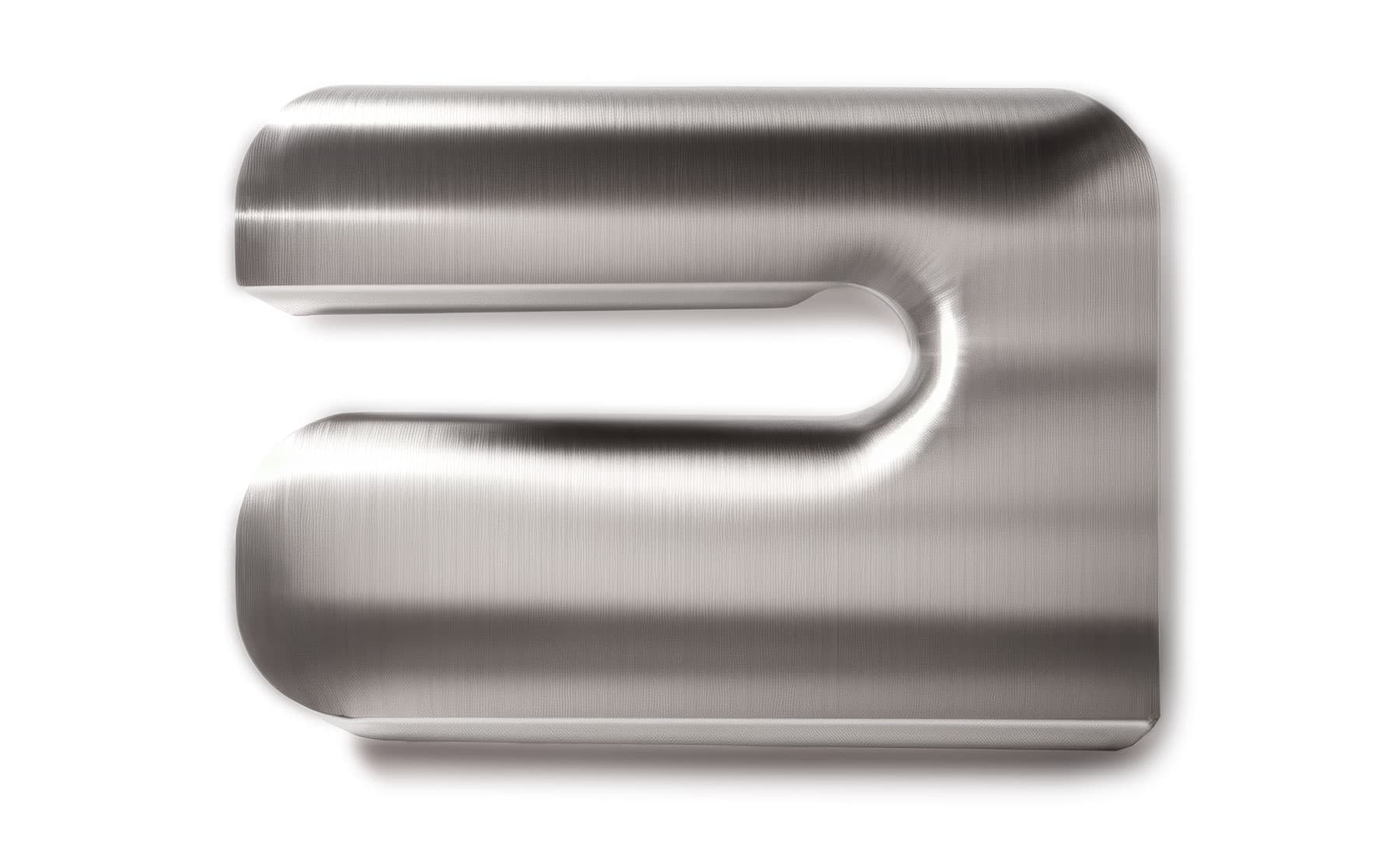
EEE
AudioMulch is modular audio software for making music and processing sound. The software can synthesize sound and process live and pre-recorded sound in real-time.
Software can synthesize sound and process live and pre-recorded sound in real-time. AudioMulch has a patcher-style graphical user interface, in which modules called contra- ptions can be connected together to route audio and process sounds. Included are modules used in electronic dance music such as a bassline-style synthesizer and a drum machine, effects like ring modulation, flanging, reverb and delays, and other modules such as a delay-line granulator and stereo spatializer.[1] As well as these internal contraptions, AudioMulch supports VST and VSTi plugins.
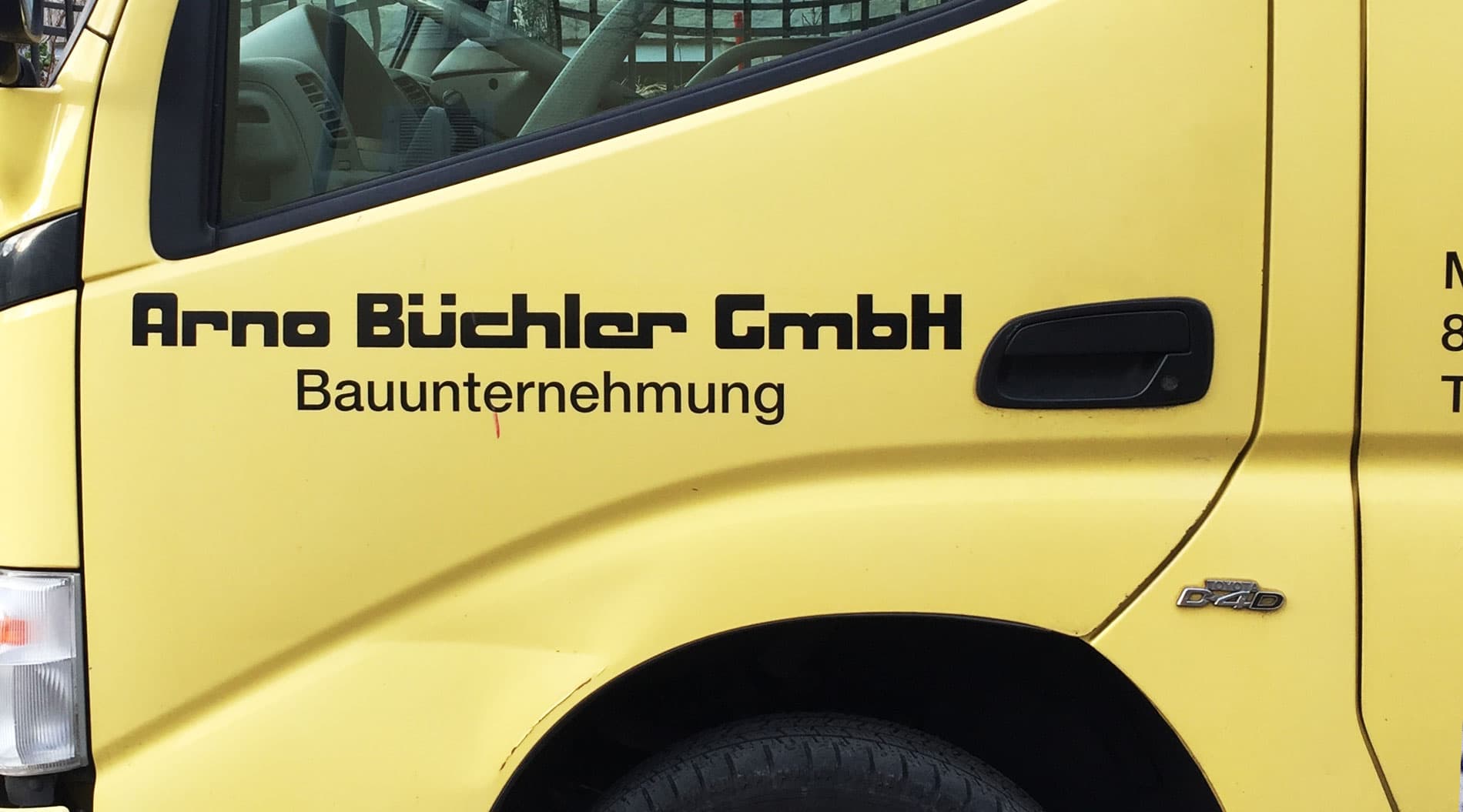
rk
rk
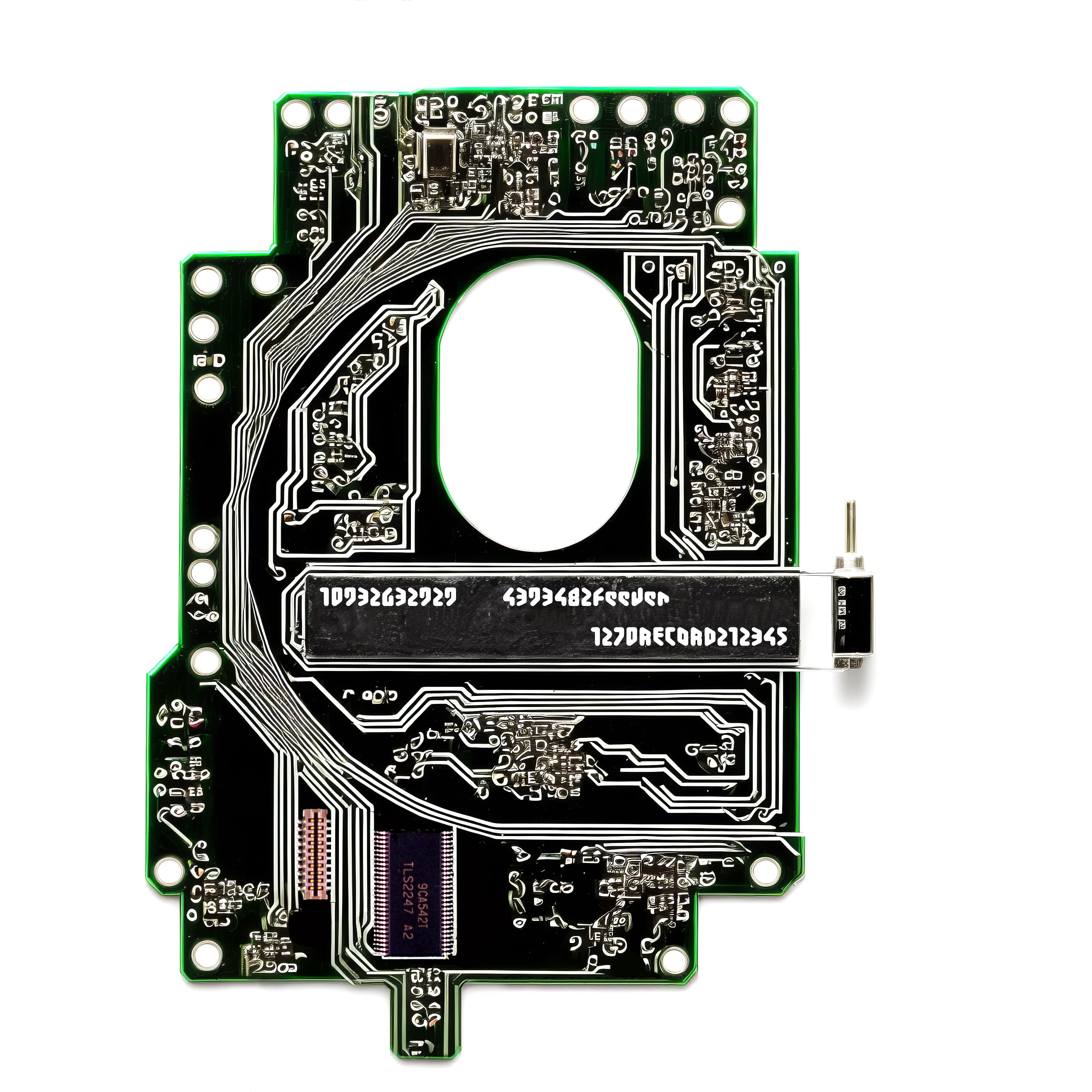
Aa
Aa
Aa
Aa

- Gate-Ausgängen. MTS128 MIDI-to-Switch-Interface mit bis zu 128 MIDI-gesteuerten elektronischen Schaltern (z. B. als MIDI-In-Interface für jedes Nicht-MIDI-Keyboard)
- @12345
6789&0


Behringer is an audio equipment company founded by the Swiss engineer Uli Behringer on 25 January 1989 in Willich, Germany. Behringer produces equipment including synthesizers, mixers, audio interfaces and amplifiers. Behringer is owned by Music Tribe (formerly Music Group), a holding company chaired by Uli Behringer.
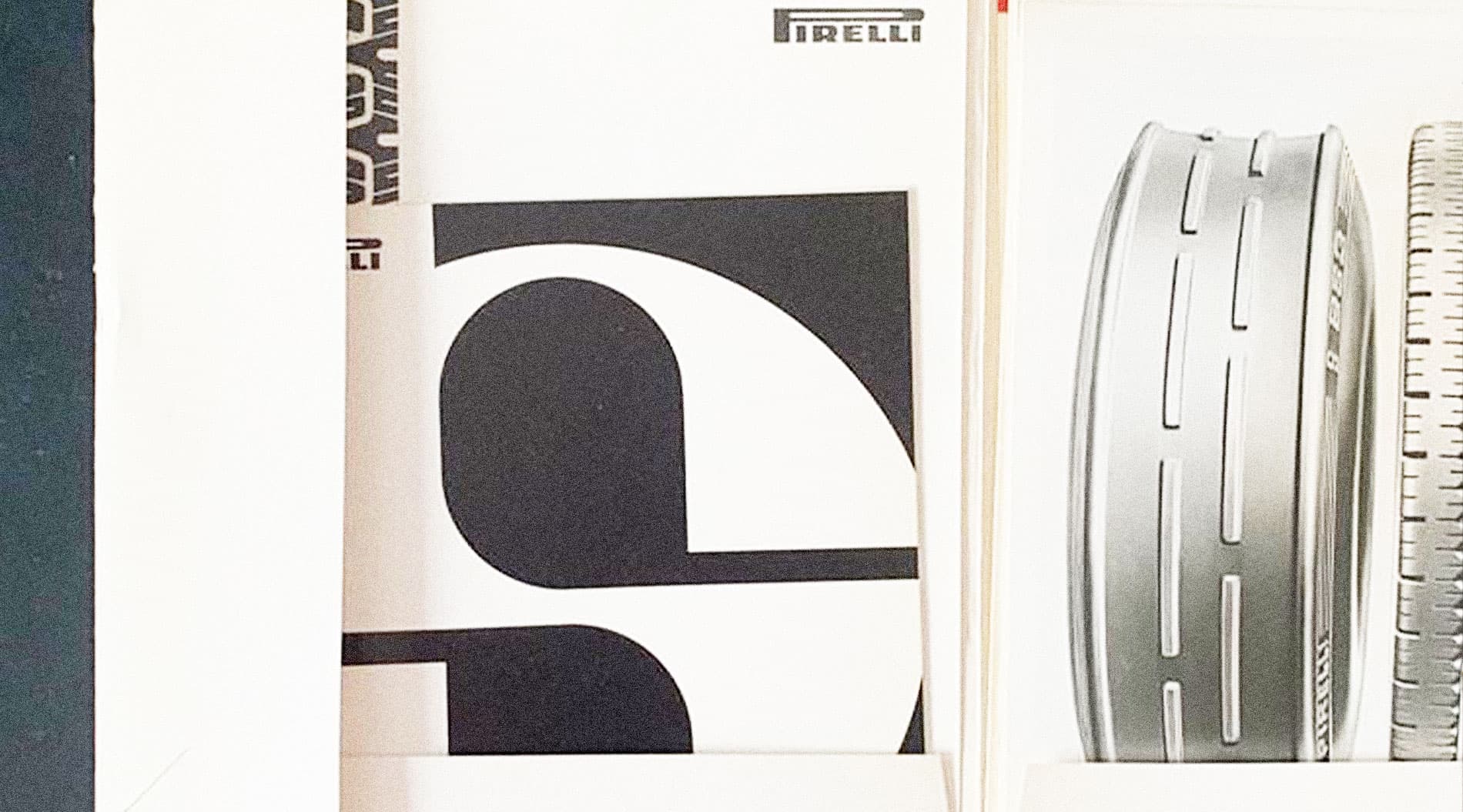
- Zynewave
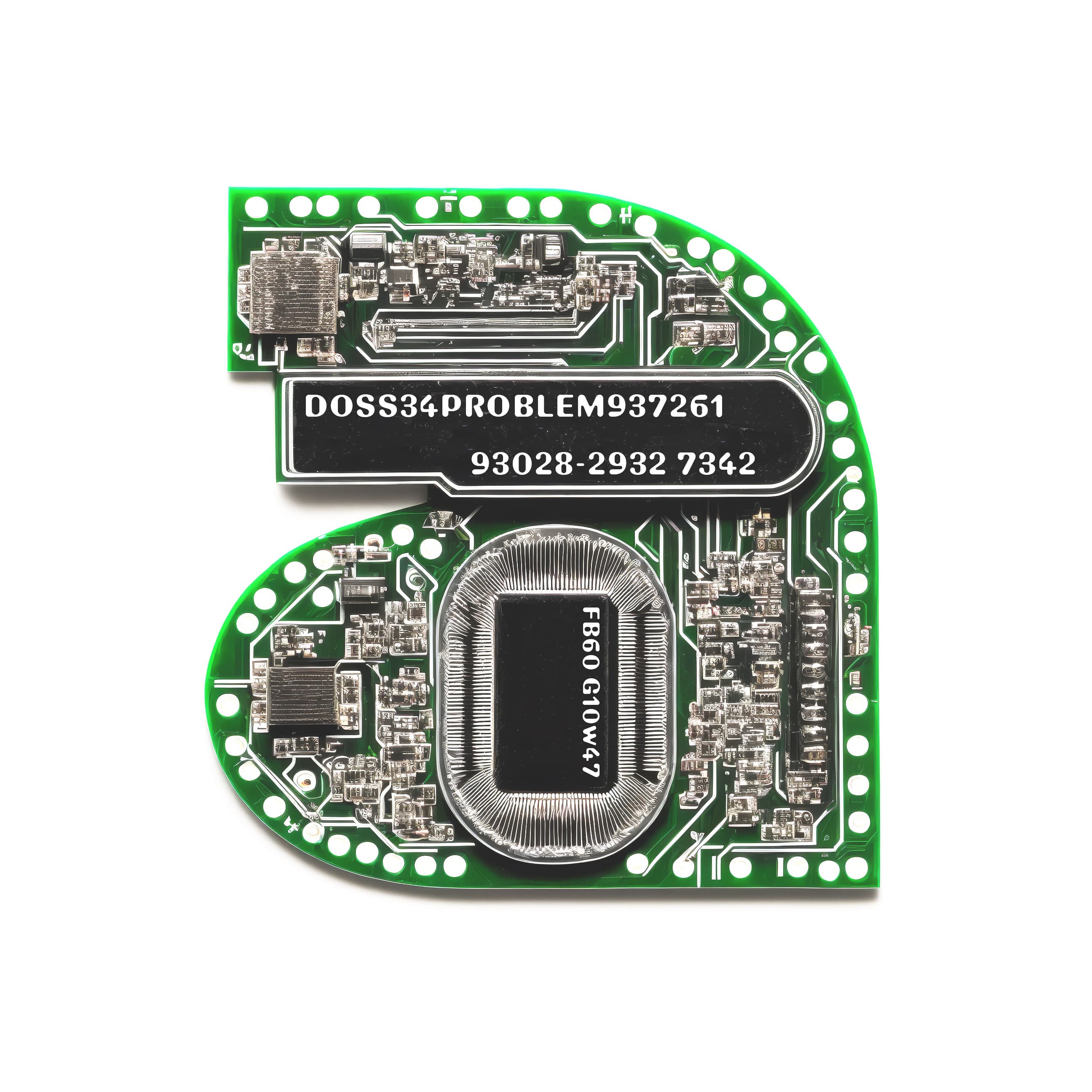

- The Roland TR-808 Rhythm Composer, commonly known as the 808, is a drum machine manufactured by Roland Corporation between 1980 and 1983. It was one of the first drum machines to allow users to program rhythms instead of using preset patterns. Unlike its nearest competitor at the time, the more expensive Linn LM-1, the 808 generates sounds using analog synthesis rather than by playing samples.
In the 1960s, drum machines were most often used to accompany home organs. They did not allow users to program rhythms, but instead offered preset patterns such as bossa nova. In 1969, the Hammond Organ Company hired the American musician and engineer Don Lewis to demonstrate its products, including an electronic organ with a built-in drum machine designed by the Japanese company Ace Tone .Lewis was known for performances using electronic instruments he had modified, decades before the popularization of instrument hacking via circuit bending. He made extensive modifications to the Ace Tone drum machine, creating his own rhythms and wiring it through his organ's expression pedal to accent the percussion.
With its next machine, the TR-808, Roland aimed to develop a drum machine for the professional market, expecting that it would mainly be used to create demos. The engineers conceived a "drum synthesizer" with which users could program drum sequences and edit parameters such as tuning, decay and level. Though they aimed to emulate real percussion, the prohibitive cost of memory drove them to design sound-generating hardware instead of using samples (prerecorded sounds). Kakehashi deliberately purchased faulty transistors to create the 808's distinctive sizzling sound. The chief engineer, Makoto Muroi, credited the 808 voice circuit design to "Mr. Nakamura" and the software to "Mr. Matsuoka". The 808 imitates acoustic percussion: the bass drum, snare, toms, conga, rimshot, claves, handclap, maraca, cowbell, cymbal and hi-hat (open and closed). Rather than playing samples, it generates sounds using analog synthesis; the TR in TR-808 stands for "transistor rhythm". The sounds do not resemble real percussion. The engineers conceived a "drum synthesizer" with which users could program drum sequences and edit parameters such as tuning, decay and level. Though they aimed to emulate real percussion, the prohibitive cost of memory drove them to design sound-generating hardware instead of using samples (prerecorded sounds). Kakehashi deliberately purchased faulty transistors to create the 808's distinctive sizzling sound. The chief engineer, Makoto Muroi, credited the 808 voice circuit design to "Mr. Nakamura" and the software to "Mr. Matsuoka". The 808 imitates acoustic percussion: the bass drum, snare, toms, conga, rimshot, claves, handclap, maraca, cowbell, cymbal and hi-hat (open and closed). Rather than playing samples, it generates sounds using analog synthesis; the TR in TR-808 stands for "transistor rhythm". The sounds do not resemble real percussion.
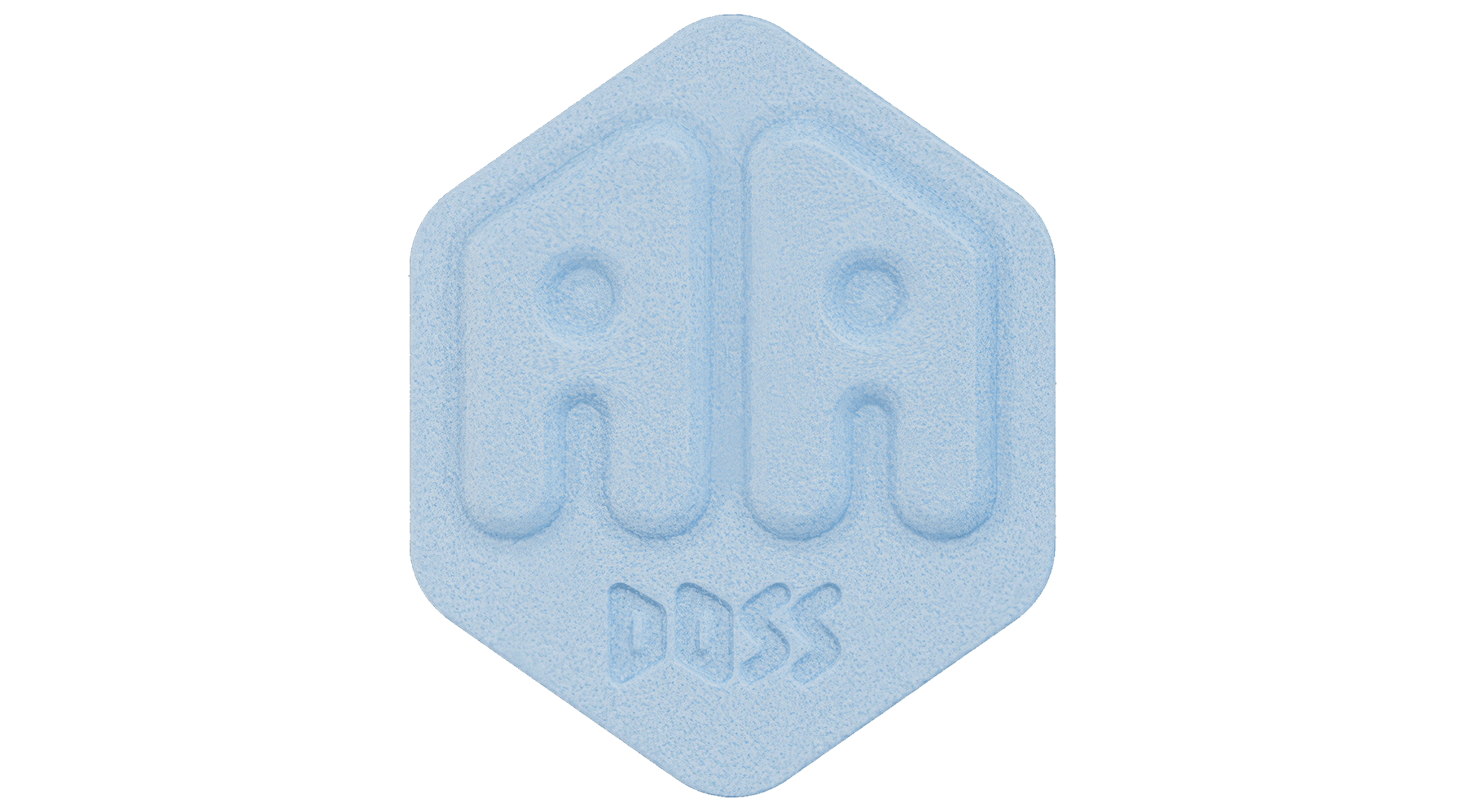
- MAGIX MUSIC MAKER IS A COMMERCIAL DIGITAL AUDIO WORKSTATION (DAW) DESIGNED BY THE COMPANY MAGIX FOR THE CONSUMER SECTOR.
- Quasimidi Musikelektronik GmbH was a German synthesizer manufacturer from Hesse. It was founded in 1987 by Friedhelm Haar and Jörg Reichstein.
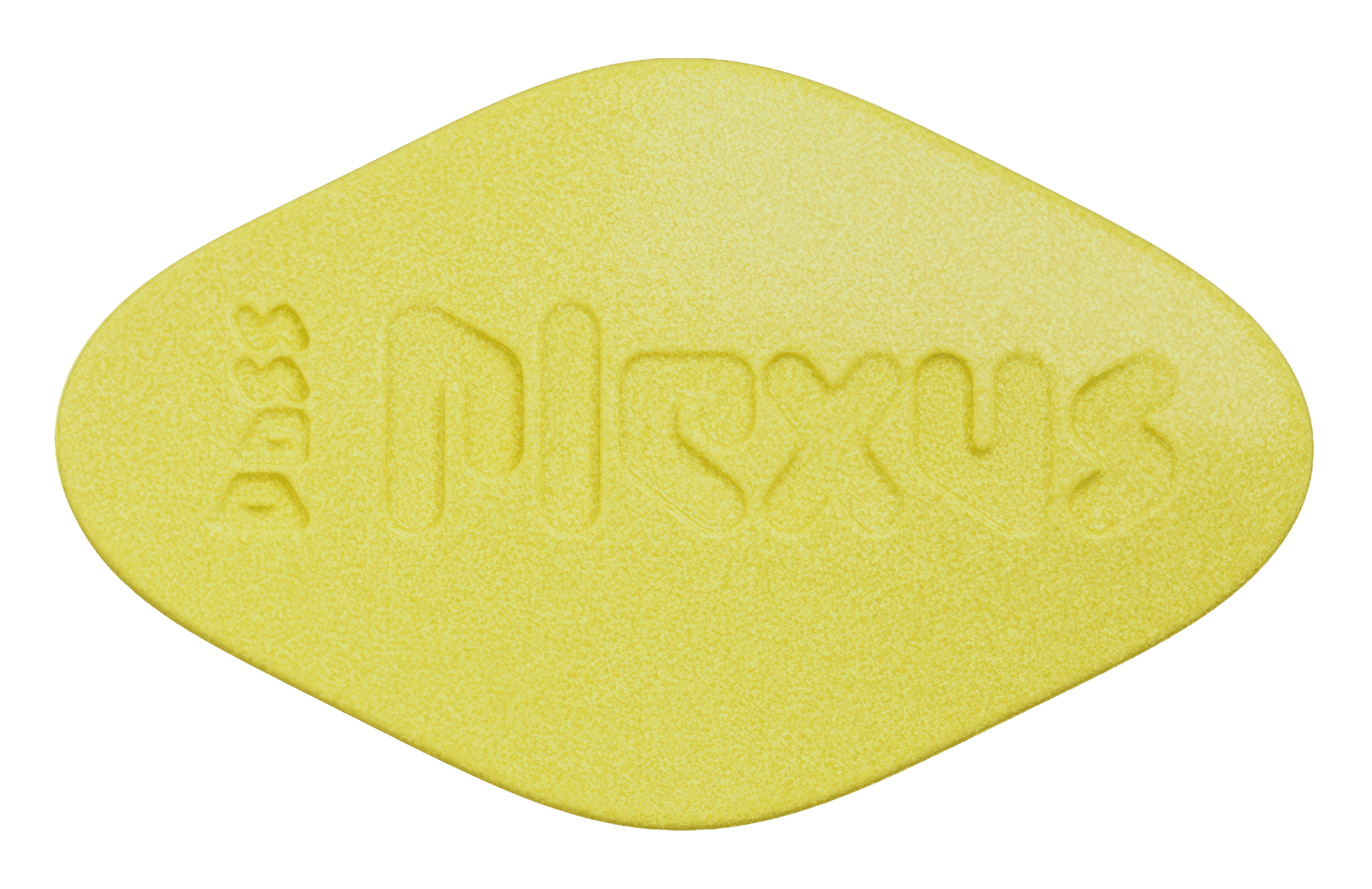
SUBSEQUENTLY, THEY BECAME NOTABLE FOR THEIR RANGE OF SYNTHESIZERS, WHICH WERE AIMED PRIMARILY AT THE DANCE MUSIC MARKET OF THE DAY. THEIR FIRST POPULAR SYNTHESIZER WAS THE QUASIMIDI QUASAR, A RACK-MOUNTED DIGITAL SYNTHESIZER MODULE WHICH WAS RELEASED IN 1993. THE PRESETS AND DRUM SOUNDS ESCHEWED THE TYPICAL GENERAL MIDI SPECIFICATION, WHICH WAS IN VOGUE AT THE TIME, IN FAVOUR OF ELECTRONIC AND TRANCE TECHNO STYLES. THE QUASAR INCLUDED AN ARPEGGIATOR, WHICH WAS AN UNUSUAL FEATURE IN 1993.
Whereas the Quasar was a two-unit rackmounted box, Quasimidi's subsequent instruments migrated into the desktop & full-size form factors. Quasimidi was one of the first modern synthesizer companies to re-introduce knobs, lit buttons, and dials to synthesizer control interfaces, notably with the Quasimidi Rave-O-Lution 309 of 1997. This was a module which combined a pattern-based sequencer with a drum section and a synthesizer section. It competed in the "groovebox" market segment against Roland's popular MC-303. Quasimidi released a keyboard version of the Rave-O-Lution, as the Quasimidi Sirius, which included a built-in vocoder. Quasimidi also built the Raven, a full size sample-based Virtual Analog synthesizer, which offered a unique sequencer implementation, allowing for the keys to be used both for muting/unmuting and transposition of tracks. It also featured real and step time recording, in the style of Roland TR-type drum machine sequencers. The Raven could be upgraded with the so-called "MAXX" expansion board, increasing the internal PCM capacity from 6 mb to 14mb. Quasimidi released a keyboard version of the Rave-O-Lution, as the Quasimidi Sirius, which included a built-in vocoder. Quasimidi also built the Raven, a full size sample-based Virtual Analog synthesizer, which offered a unique sequencer implementation, allowing for the keys to be used both for muting/unmuting and transposition of tracks. It also featured real and step time recording, in the style of Roland TR-type drum machine sequencers. The Raven could be upgraded with the so-called "MAXX" expansion board, increasing the internal PCM capacity from 6 mb to 14mb.

Synth-pop, Hip hop,
Post-punk, Techno
- Computer World (German: Computerwelt) is the eighth studio album by German electronic band Kraftwerk, released on 11 May 1981.
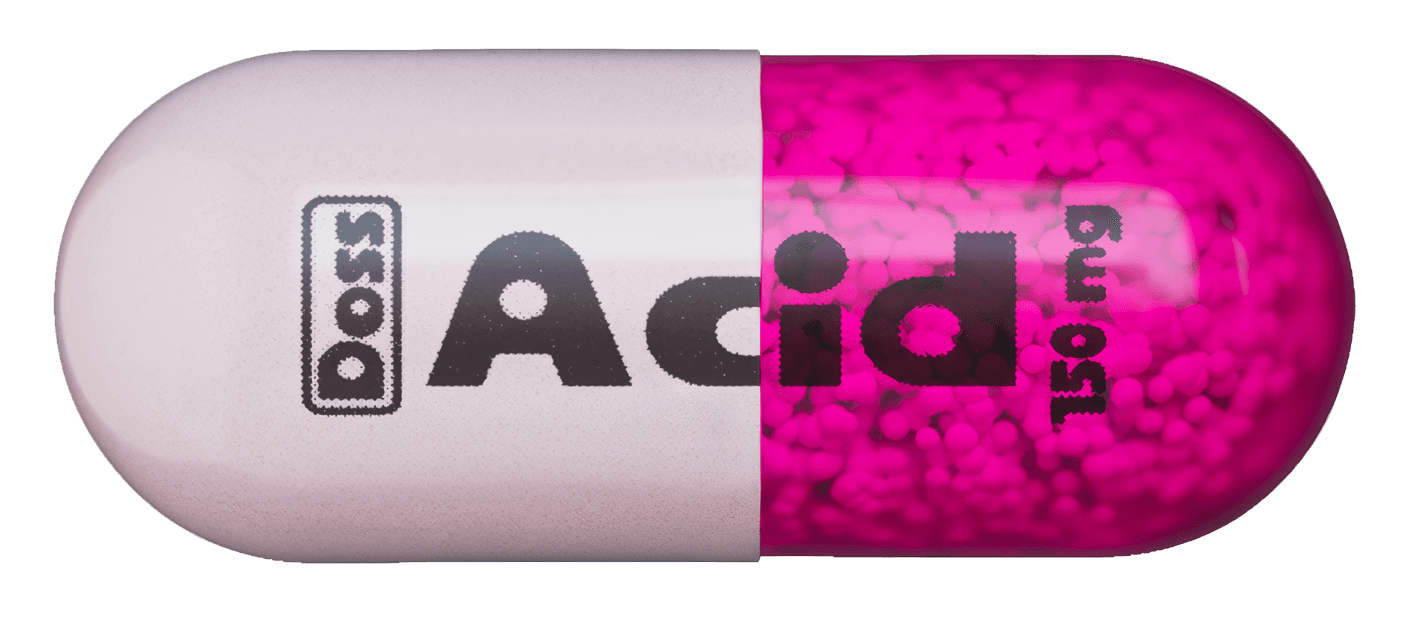
- DESPITE ITS THEME, THE PRODUCTION OF THE ALBUM WAS COMPLETELY ANALOGUE AND DID NOT INVOLVE ANY COMPUTER TECHNOLOGY.
COMPUTER WORLD HAS BEEN DESCRIBED AS A FUTURISTIC CONCEPTUAL WORK THAT PREDICTS THE PRESENCE OF COMPUTER TECHNOLOGY IN EVERYDAY LIFE. FEATURING THEMES SUCH AS HOME COMPUTERS AND DIGITAL COMMUNICATION, THE ALBUM HAS BEEN SEEN AS BOTH A CELEBRATION OF COMPUTER TECHNOLOGY AS WELL AS A WARNING ABOUT ITS POTENTIAL TO EXERT POWER ON SOCIETY WITH SOCIAL CONTROL AND DIGITAL SURVEILLANCE. DESPITE ITS THEME, THE PRODUCTION OF THE ALBUM WAS COMPLETELY ANALOGUE AND DID NOT INVOLVE ANY COMPUTER TECHNOLOGY.
The track "Computer Love" was released as a seven-inch single in the UK, in June 1981, backed with "The Model", from the group's previous album The Man-Machine. The single reached No. 36 in the charts. In December 1981 the two songs were reissued as a double A-side twelve-inch single, and reached No. 1 on the UK Singles Chart in early February 1982, although "The Model" received the most airplay. "Pocket Calculator" was released as a seven-inch single in the USA by Warner Brothers in 1981, pressed on a fluorescent yellow/lime vinyl, matching the color of the album cover. The flip side featured the Japanese version of "Pocket Calculator," "Dentaku". “Pocket Calculator” charted at No.38 in the UK Singles Chart. "Computerwelt" was remixed in 1982 as a dance version with additional bass and percussion sounds. It was released in January 1982 as a twelve-inch vinyl single only in Germany. The original track was nominated for a Grammy Award for Best Rock Instrumental Performance in 1982. "Computer World" was also chosen by the BBC for use in the titles of their UK computer literacy project, The Computer Programme. Kraftwerk issued several different versions of the single "Pocket Calculator" in different languages: namely, German ("Taschenrechner"), French ("Mini Calculateur"), and Japanese ("Dentaku"). Also Italian version ("Mini Calcolatore") was performed playback in television.

